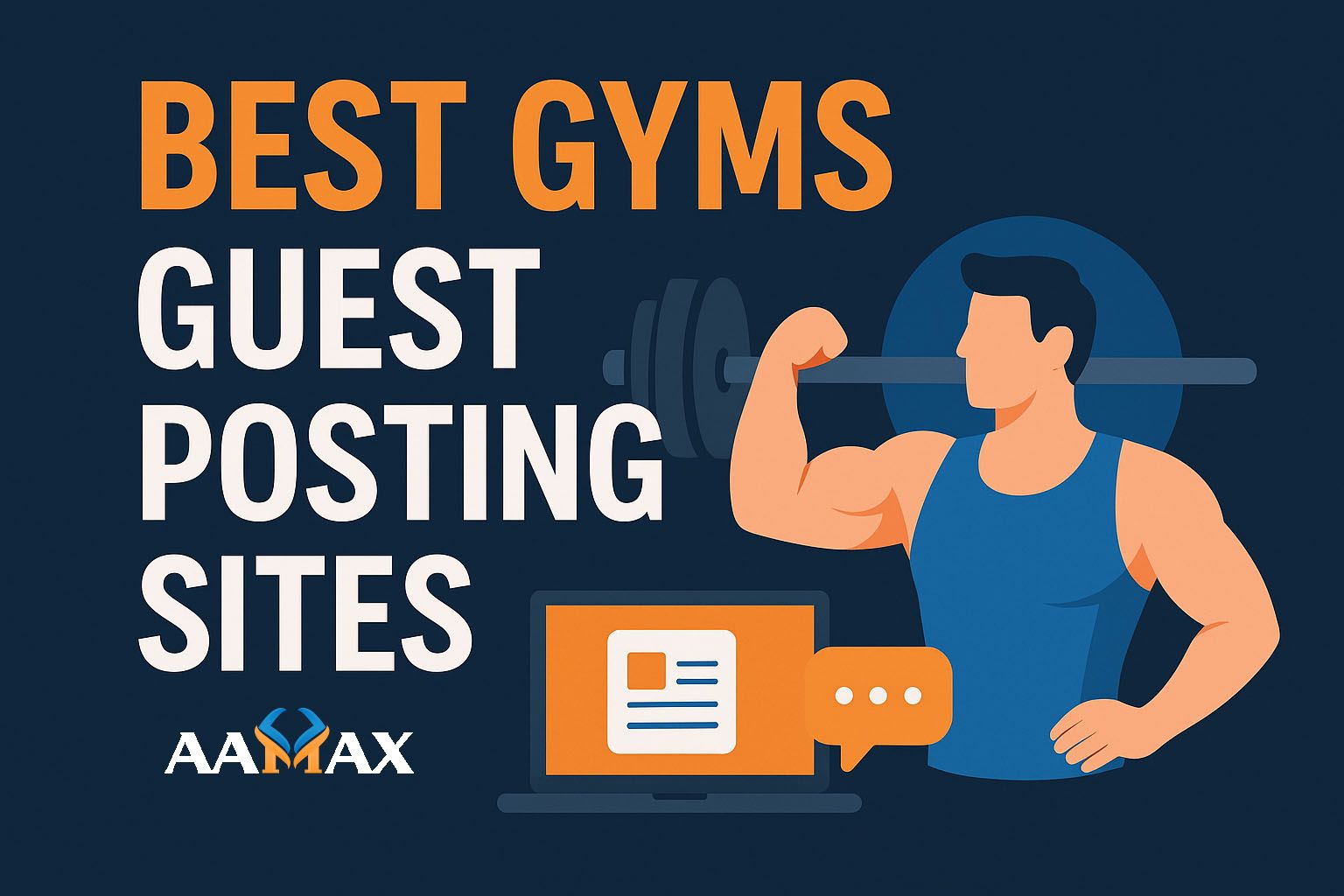
What’s the Best Generative Engine Optimization Strategy for AI
Generative Engine Optimization (GEO) is the new frontier of search visibility. With AI-driven engines like ChatGPT, Google Gemini, and Perplexity reshaping how users find and consume information, traditional SEO alone is no longer enough. Businesses need strategies that align with how AI interprets, summarizes, and presents content.
In this comprehensive guide, we’ll explore the best Generative Engine Optimization strategy for AI — including actionable methods, proven tools, and content frameworks that ensure your brand remains discoverable in the age of conversational search.
Understanding Generative Engine Optimization (GEO)
Generative Engine Optimization (GEO) focuses on optimizing your content for AI-driven engines that generate summarized answers rather than displaying search results. It’s about helping generative models understand, trust, and cite your content accurately.
Traditional SEO optimizes for algorithms and keywords. GEO optimizes for context, credibility, and relationships between entities — helping AI models like ChatGPT recognize your website as a reliable source when generating responses.
Generative engines use large language models (LLMs) trained on massive datasets. When a user asks a question, the AI synthesizes information from multiple online sources. If your website offers structured, factual, and relevant information, it has a higher chance of being referenced or paraphrased by the AI.
Why GEO Matters More Than Ever
Generative AI has changed how people search. Instead of typing short keywords like “best SEO tools,” users now ask conversational queries such as “What are the best tools for improving SEO with AI?”
This shift means that:
- AI replaces traditional search results with conversational summaries.
- Authority and accuracy decide whether your brand appears in AI responses.
- Voice and chatbot interfaces depend on semantically structured data.
- User trust now depends on whether AI platforms mention your brand.
To stay relevant, your digital strategy must adapt to how AI reads, understands, and synthesizes data. GEO ensures your website remains visible even when the user never visits a search engine results page (SERP).
Key Principles of a Winning GEO Strategy
The best Generative Engine Optimization strategy is built on five pillars: semantic optimization, structured data, conversational content, authority, and testing through AI systems.
1. Semantic Optimization for Context Understanding
AI models understand meaning instead of just matching keywords. Therefore, your content should reflect entities and relationships that help AI recognize context.
- Use entity-based SEO: Define your brand, services, and topics clearly using schema markup.
- Focus on topic clusters: Interlink related articles to create a strong contextual network.
- Incorporate natural language: Write conversationally, answering questions as users ask them.
Example: Instead of writing “best AI SEO tips,” use a conversational title like “How can I optimize my website for AI-driven search engines?”
2. Structured Data and Schema Implementation
Structured data is the language that AI understands best. By adding schema markup, you help AI connect your pages with specific topics, people, and services.
- Use JSON-LD format to mark up your articles, FAQs, and organization details.
- Implement schema tags for services, reviews, and FAQs.
- Connect your pages to a knowledge graph, showing how your content relates to your niche.
Structured data increases your chances of being cited when AI models reference authoritative sources in generated responses.
3. Create Conversational, Fact-Based Content
Generative models prioritize information that’s clear, trustworthy, and comprehensive. To make your content AI-friendly:
- Write in a conversational tone using “how,” “why,” and “what” questions.
- Include facts, statistics, and citations to improve credibility.
- Make your structure easy to scan — use headings, bullet points, and short sentences.
- Keep content fresh and updated to maintain relevance.
AI prefers content that teaches, explains, and informs rather than just sells. Treat every page as an educational asset for both users and machines.
4. Optimize for Long-Tail and Conversational Queries
Generative AI search works through natural language prompts, not keywords. Your content must match how users actually ask questions.
- Use question-based titles like “What’s the best GEO strategy for AI?”
- Incorporate related queries and sub-questions within the same article.
- Add an FAQ section with conversational answers.
This approach helps your pages appear in AI responses, even if users phrase their queries differently.
5. Build Trust and Authority Signals
Generative engines rely on trust signals to decide which sources to reference. Strengthening your online authority ensures AI views your brand as reliable.
- Get featured in reputable publications.
- Add author bios with credentials.
- Earn backlinks from credible sites.
- Display testimonials, certifications, and reviews.
The higher your domain trust, the greater your chances of inclusion in AI-generated answers.
How AI Engines Evaluate and Cite Content
AI-driven search engines don’t just crawl and index pages — they evaluate them for contextual reliability. The process looks like this:
- Ingestion: The AI reads and interprets your content structure, metadata, and context.
- Vectorization: It converts text into semantic meaning for faster comprehension.
- Contextual Comparison: It matches your content with queries based on meaning, not words.
- Citation or Reference: If your content is trustworthy and relevant, it’s cited or paraphrased in the AI’s generated output.
Thus, optimizing for semantic relationships and factual clarity makes your site more valuable to AI engines.
The Best GEO Strategy for AI in 2025
Here’s a detailed breakdown of what a top-performing GEO strategy should include today:
Step 1: Perform an Entity Audit
Identify all entities (brands, products, services, locations) relevant to your website. Make sure each has its own dedicated page or section. Use schema markup to help AI identify these relationships clearly.
Step 2: Enhance On-Page Semantic Signals
Use related terms, synonyms, and natural language variations within your content. This allows AI to understand intent and context, not just keywords.
Step 3: Create Long-Form, AI-Optimized Content
Publish detailed content (like this one!) that answers multiple user intents in one article. Comprehensive, well-structured content is more likely to be used by AI engines.
Step 4: Add Structured Data Across All Pages
Every major page — homepage, service pages, and blog posts — should have schema markup. Include Organization, FAQ, and Article schema types wherever relevant.
Step 5: Monitor AI Citations
Use platforms that analyze how often your brand is cited by AI models. If your site isn’t being referenced, refine your structured data and update outdated information.
Step 6: Build External Authority
Participate in guest posting, digital PR, and partnerships to gain backlinks. AI references authoritative domains more often than low-trust ones.
Step 7: Continuously Test with AI Platforms
Regularly ask ChatGPT, Gemini, and other generative engines questions related to your business niche. See if your brand appears or is mentioned. If not, refine your structure and authority.
Tools to Support Your GEO Efforts
Several modern tools can make GEO implementation easier:
- MarketMuse: Evaluates topical depth and content coverage for semantic optimization.
- Surfer SEO: Suggests data-backed content structures and semantic keywords.
- InLinks: Automatically builds internal linking and knowledge graphs.
- ChatGPT / Gemini Testing: Evaluate how AI models interpret and reference your site.
- Schema & Google Structured Data Testing Tool: Validate structured data accuracy.
Combining these tools helps you balance both human and machine readability — essential for GEO success.
GEO and Traditional SEO: The Perfect Partnership
GEO doesn’t replace SEO; it builds on it. Traditional SEO focuses on ranking, while GEO focuses on representation within AI-generated responses.
When both strategies work together:
- SEO brings traffic from search engines.
- GEO ensures visibility in AI-driven environments.
- Both enhance your brand’s digital footprint across all discovery platforms.
In short, SEO gets you seen — GEO gets you cited.
Future of Generative Engine Optimization
GEO will evolve rapidly alongside AI technology. Expect these developments in the near future:
- AI Transparency: More engines will show content citations, benefiting well-structured sites.
- Real-Time Data Integration: AIs will reference live website updates directly.
- Multimodal Optimization: GEO will expand to include image, video, and voice data.
- Personalized AI Search: GEO strategies will adapt to user intent and context individually.
Brands that start optimizing early will lead the next generation of search visibility.
Partner with AAMAX for GEO-Ready Web Development
Executing an advanced Generative Engine Optimization strategy requires technical SEO expertise, structured data implementation, and strategic content planning.
If you want your website to perform well across AI platforms, partner with AAMAX. AAMAX is a full-service digital marketing company offering Web Development, Digital Marketing, and SEO Services. Their experts specialize in creating AI-optimized websites designed for both human audiences and generative engines — ensuring your business stands out in the evolving digital ecosystem.
Conclusion: The Future Belongs to AI-Optimized Brands
The best Generative Engine Optimization strategy for AI is one that combines semantic clarity, structured data, conversational content, and trust-building authority.
As AI becomes the dominant search interface, the goal is no longer just to rank high — it’s to be understood, referenced, and trusted by generative models.
Businesses that embrace GEO today will be the brands that define online visibility tomorrow.







